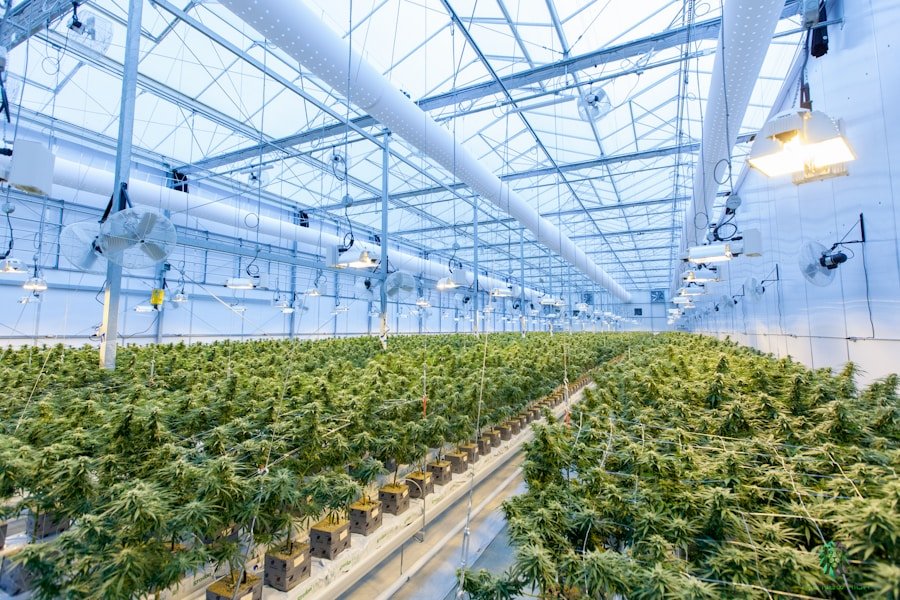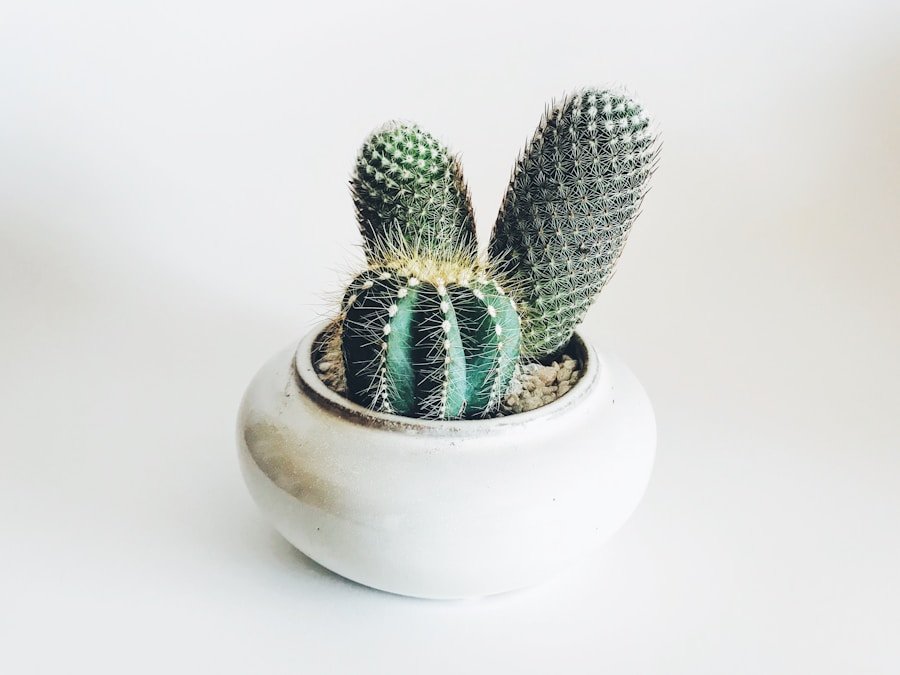Hydroponic indoor vegetable gardening is a soilless cultivation method that utilizes nutrient-enriched water solutions to support plant growth. This modern approach to horticulture provides numerous benefits, including enhanced control over environmental conditions and environmentally sustainable practices. This article will delve into the various advantages of hydroponic indoor vegetable gardening, examining its growing popularity among urban residents and gardening enthusiasts.
Key Takeaways
- Hydroponic indoor vegetable gardening offers increased control over growing conditions, allowing for optimal growth and harvest.
- With year-round harvests, hydroponic gardening provides a consistent supply of fresh vegetables regardless of the season.
- Water conservation is a key benefit of hydroponic gardening, as it uses significantly less water than traditional soil-based gardening.
- Hydroponic gardening is space-efficient, making it ideal for urban environments or areas with limited outdoor space.
- Pest and disease management is easier in hydroponic gardening, reducing the need for harmful pesticides and chemicals.
Increased Control Over Growing Conditions
Control Over Growing Conditions
One of the primary benefits of hydroponic indoor vegetable gardening is the increased control over growing conditions. With traditional soil-based gardening, factors such as soil quality, pH levels, and nutrient content can vary significantly, leading to inconsistent plant growth. In contrast, hydroponic systems allow gardeners to precisely control the nutrient levels and pH of the water solution, ensuring that plants receive the optimal conditions for healthy growth.
Year-Round Cultivation
Indoor hydroponic gardens can be equipped with artificial lighting and climate control systems, allowing for year-round cultivation regardless of external weather conditions. This level of control over growing conditions not only leads to healthier and more abundant harvests but also provides an opportunity for experimentation and innovation in plant cultivation.
Year-Round Harvests
Another advantage of hydroponic indoor vegetable gardening is the ability to harvest crops year-round. Traditional outdoor gardens are often limited by seasonal changes and weather conditions, leading to a restricted growing season. In contrast, indoor hydroponic systems can be operated throughout the year, providing a consistent supply of fresh vegetables regardless of the external environment. This year-round harvest capability not only ensures a steady food supply but also allows for a diverse range of crops to be grown and harvested at any time.
Accelerated Plant Growth
Additionally, the ability to control lighting and temperature in indoor hydroponic gardens can lead to accelerated plant growth, further increasing the frequency and quantity of harvests.
Water Conservation
Hydroponic indoor vegetable gardening is also known for its water conservation benefits. Traditional soil-based gardening often requires significant amounts of water to maintain soil moisture and support plant growth. In contrast, hydroponic systems use water more efficiently by delivering nutrients directly to the plant roots without the need for soil.
Additionally, hydroponic systems can be designed with recirculating water systems, allowing for the reuse of water and minimizing waste. This efficient use of water not only reduces overall water consumption but also makes hydroponic gardening a sustainable option in regions with limited water resources. Furthermore, the space efficiency of hydroponic indoor vegetable gardening makes it an attractive option for urban dwellers with limited outdoor space.
Traditional gardens require large plots of land for planting and can be impractical for those living in urban environments. Hydroponic systems, on the other hand, can be set up in small indoor spaces such as apartments or homes, making it accessible to a wider range of individuals. The vertical design of some hydroponic systems also allows for the cultivation of plants in a compact footprint, maximizing the use of available space.
This space-efficient approach to gardening not only provides an opportunity for urban residents to grow their own fresh produce but also contributes to a greener and more sustainable urban environment.
Pest and Disease Management
| Benefits | Details |
|---|---|
| Year-round gardening | Hydroponic indoor gardening allows for year-round vegetable cultivation regardless of the outdoor climate. |
| Water efficiency | Hydroponic systems use significantly less water compared to traditional soil-based gardening. |
| Space saving | Indoor hydroponic gardening requires minimal space, making it suitable for urban dwellers or those with limited outdoor space. |
| No soil needed | Eliminates the need for soil, reducing the risk of soil-borne diseases and pests. |
| Higher yields | Hydroponic systems often result in higher vegetable yields compared to traditional gardening methods. |
Another benefit of hydroponic indoor vegetable gardening is the improved management of pests and diseases. Traditional soil-based gardens are susceptible to a wide range of pests and diseases that can damage or destroy crops. In contrast, hydroponic systems eliminate many of the factors that attract pests and diseases, such as soil-borne pathogens and pests.
Additionally, the controlled environment of indoor hydroponic gardens makes it easier to monitor and manage potential pest and disease issues. This reduced risk of pest and disease infestations not only leads to healthier plants but also reduces the need for chemical pesticides and herbicides, making hydroponic gardening a more environmentally friendly option. Furthermore, hydroponic indoor vegetable gardening produces nutrient-rich produce that is often superior in quality compared to traditional soil-grown crops.
By providing plants with precise levels of essential nutrients, hydroponic systems can produce vegetables that are higher in vitamins, minerals, and antioxidants. Additionally, the absence of soil-borne contaminants in hydroponic systems reduces the risk of produce contamination, resulting in cleaner and safer vegetables for consumption. This nutrient-rich produce not only contributes to a healthier diet but also provides an opportunity for individuals to take control of their food quality and safety.
Sustainable and Eco-Friendly Practices
Finally, hydroponic indoor vegetable gardening promotes sustainable and eco-friendly practices that benefit both individuals and the environment. The efficient use of water in hydroponic systems reduces overall water consumption and minimizes waste, making it a more sustainable option compared to traditional gardening methods. Additionally, the controlled environment of indoor hydroponic gardens allows for the reduction or elimination of chemical pesticides and herbicides, leading to less environmental pollution and harm to beneficial insects and wildlife.
Moreover, the space-efficient design of hydroponic systems allows for the cultivation of fresh produce in urban environments, reducing the need for long-distance transportation and minimizing carbon emissions associated with food distribution. This localized production of vegetables not only supports local food security but also contributes to a more sustainable and resilient food system. Furthermore, the ability to grow vegetables year-round in indoor hydroponic gardens reduces reliance on imported produce and supports a more self-sufficient lifestyle.
Overall, hydroponic indoor vegetable gardening promotes sustainable and eco-friendly practices that align with the growing interest in environmental conservation and sustainable living. In conclusion, hydroponic indoor vegetable gardening offers a wide range of benefits that make it an attractive option for individuals looking to grow their own fresh produce. From increased control over growing conditions to sustainable and eco-friendly practices, hydroponic systems provide an innovative and efficient approach to gardening that is well-suited for urban environments and individuals seeking a more sustainable lifestyle.
As interest in local food production and environmental conservation continues to grow, hydroponic indoor vegetable gardening presents an opportunity for individuals to take control of their food supply while contributing to a healthier and more sustainable future.
FAQs
What is hydroponic indoor vegetable gardening?
Hydroponic indoor vegetable gardening is a method of growing plants without soil, using nutrient-rich water solutions to deliver essential nutrients directly to the plant’s roots. This method allows for the cultivation of vegetables indoors, using artificial light sources to mimic natural sunlight.
What are the benefits of hydroponic indoor vegetable gardening?
Some benefits of hydroponic indoor vegetable gardening include faster growth rates, higher yields, and the ability to grow vegetables year-round regardless of outdoor weather conditions. Additionally, this method requires less water and space compared to traditional soil gardening.
What types of vegetables can be grown using hydroponic indoor gardening?
A wide variety of vegetables can be grown using hydroponic indoor gardening, including leafy greens like lettuce and spinach, herbs such as basil and cilantro, and even larger plants like tomatoes and peppers. The key is to provide the appropriate nutrient solution and light conditions for each type of vegetable.
What are the key components needed for a hydroponic indoor vegetable garden?
Key components for a hydroponic indoor vegetable garden include a growing medium (such as perlite or rockwool), a nutrient solution, a water reservoir, a pump for oxygenation, and artificial light sources. Additionally, a pH testing kit and a nutrient solution pH adjuster may be necessary to maintain optimal growing conditions.


